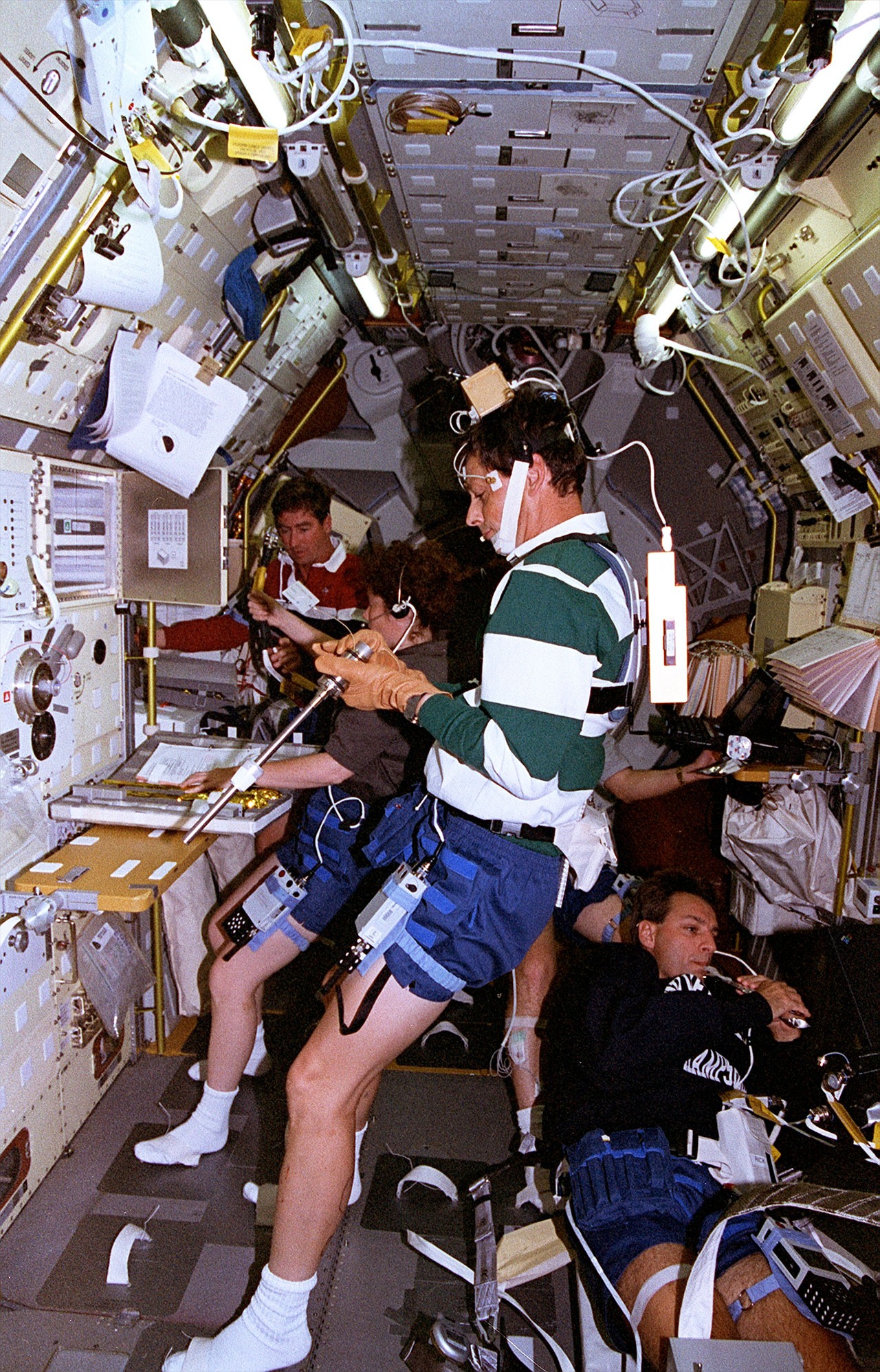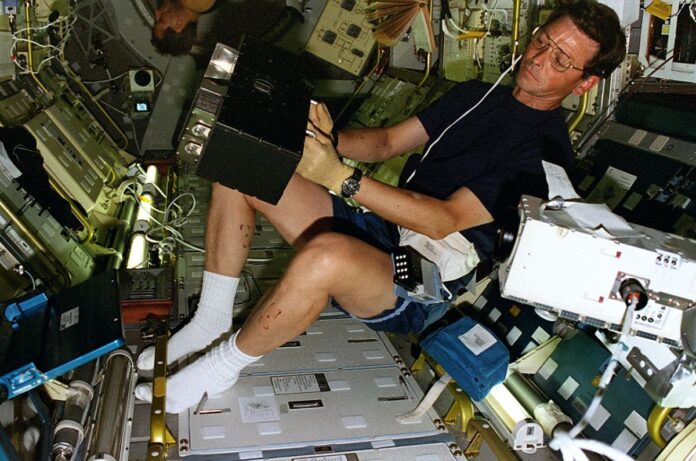Jean-Jacques Favier, who in 1996 became the sixth astronaut and first scientist from France to launch into space, has died at the age of 73.
Favier’s death on March 19 (opens in new tab) was confirmed by the CNES (Centre National d’Etudes Spatiales or National Centre for Space Studies), France’s space agency.
“The passing of astronaut Jean-Jacques Favier leaves a great void in the space world: CNES has lost one of its own,” said Philippe Baptiste, president of CNES, in a statement (opens in new tab) issued on Friday (March 24). “As the first French scientist to go into space, I know he will leave his mark on future generations and inspire many of us.”
Selected with France’s second group of astronauts in 1985, Favier made his first and only launch as a payload specialist aboard NASA’s space shuttle Columbia. During 17 days in Earth orbit, Favier and his six STS-78 crewmates operated the fifth Spacelab mission dedicated solely to life and microgravity research, in part to prepare for crews living on the International Space Station four years later.
Related: NASA’s space shuttle program in pictures: A tribute
Flying with Favier were Tom Henricks, Kevin Kregel, Rick Linnehan, Susan Helms and Charles Brady (opens in new tab) of NASA, as well as Canadian Space Agency astronaut Bob Thirsk.
“For a scientist like me, [the most incredible aspect of being aboard the shuttle] was being able to conduct my own experiments in space. That was very exciting from a professional point of view,” Favier said at a 2018 conference (opens in new tab) hosted by the Skolkovo Institute of Science and Technology in Moscow. “Basically, I brought my experiments full-circle. I prepared them in the lab, I developed the flight models, I flew the flight models and then after the mission I brought them back to the lab to exploit the data, and then made publications.”
“I’m one of very few people who has been able to do that,” he said.
Aboard Columbia, Favier operated more than 30 physics investigations and took part in over a dozen physiology studies. His responsibilities included operating the Advanced Gradient Heating Facility (AGHF), a furnace used to test how different types of materials transitioned as they solidified, directly related to his own research.
Columbia landed at NASA’s Kennedy Space Center in Florida on July 7, 1996. As his only spaceflight, Favier logged a total of 16 days, 21 hours, 48 minutes and 30 seconds while completing 271 orbits of Earth.
Jean-Jacques Henri Favier was born on April 13, 1949. in Kehl, Germany, but he attended school and grew up in Strasbourg, France.
“Yuri Gagarin [the first human in space] flew on the eve of my 12th birthday, and that really resonated with me,” Favier said. “So I followed developments in human spaceflight after that — both Soviet and American. But I never dreamed that one day I would be a part of it.”
He received an engineering degree from the National Polytechnical Institute of Grenoble in France in 1971, and earned doctorate degrees in engineering and in metallurgy and physics, respectively, from the Mining School of Paris and the University of Grenoble in 1977.
Favier was serving as a research engineer, heading up the solidification group and advising the director of the Material Science Research Center at the French Atomic Energy Commission (CEA or Commissaniat a l’Energie Atomique), when he applied and was subsequently selected by CNES to become an astronaut. Initially, he was considered for a flight with the Russians to the Mir space station.
“So I started my training [in] Russia, but it only lasted for about six weeks — until we started training on the Soyuz capsule,” he recalled. “Then they discovered that at 193 centimeters (6.3 feet) I was too tall to fit into the Soyuz [spacecraft]. The seats were designed for pilots, who at the time, tended to be on the shorter side.”
Fortunately, he was also the principal investigator for MEPHISTO, a joint CNES and NASA furnace system, which had already been flown on several space shuttle missions, which opened the door to his also flying on the U.S. winged orbiter.
Prior to his own launch, Favier was assigned as an alternate payload specialist on STS-65, the second International Migrogravity Laboratory (IML) mission, in 1994. He supported the mission as a crew interface coordinator from the Payload Operations Control Center at Marshall Space Flight Center in Huntsville, Alabama.
Related: Weightlessness and its effect on astronauts

After his career as an astronaut, Favier returned to his research and became more involved in education. He helped contribute to the work between the Clément Ader-Albi Institute and the CNES team in charge of the Spaceship FR project, identifying the resources and technologies needed to support a future lunar base. He was also named an honorary professor at the Mining School of Paris and became a full professor at the International Space University near Strasbourg, where he also served on the board of advisors and chaired the research steering committee.
In 2009, Favier co-founded the remote imaging company Blue Planet to offer sub-meter color imagery of Earth.
For his contributions to CNES and NASA, Favier was honored as a Knight of the French Legion of Honor and a recipient of the NASA Space Flight Medal, among other awards.
Favier was married to Michele Jean and together they had four children, Adrien, Jeanne, Pierre and Claire.
Follow collectSPACE.com (opens in new tab) on Facebook (opens in new tab) and on Twitter at @collectSPACE (opens in new tab). Copyright 2023 collectSPACE.com. All rights reserved.

